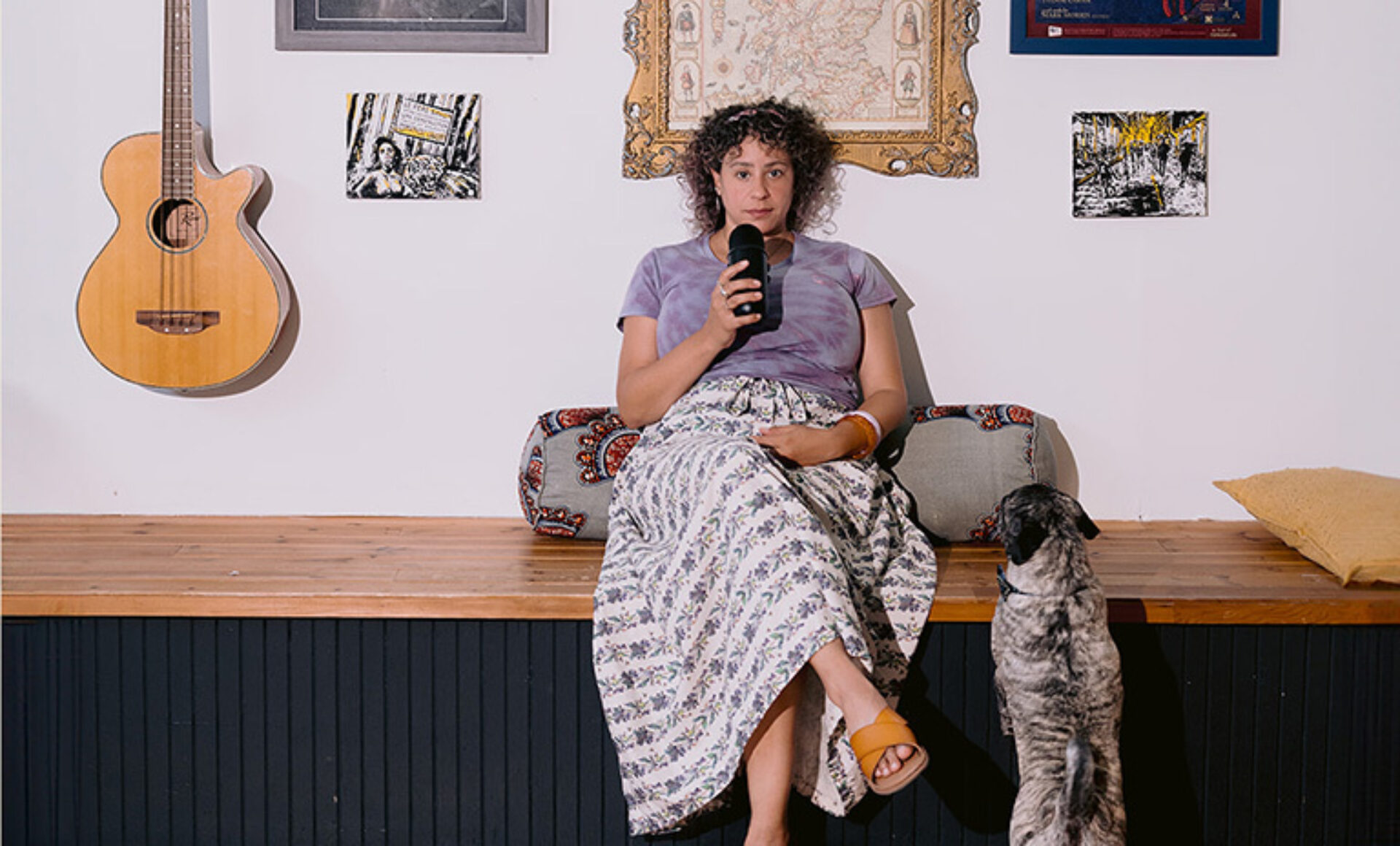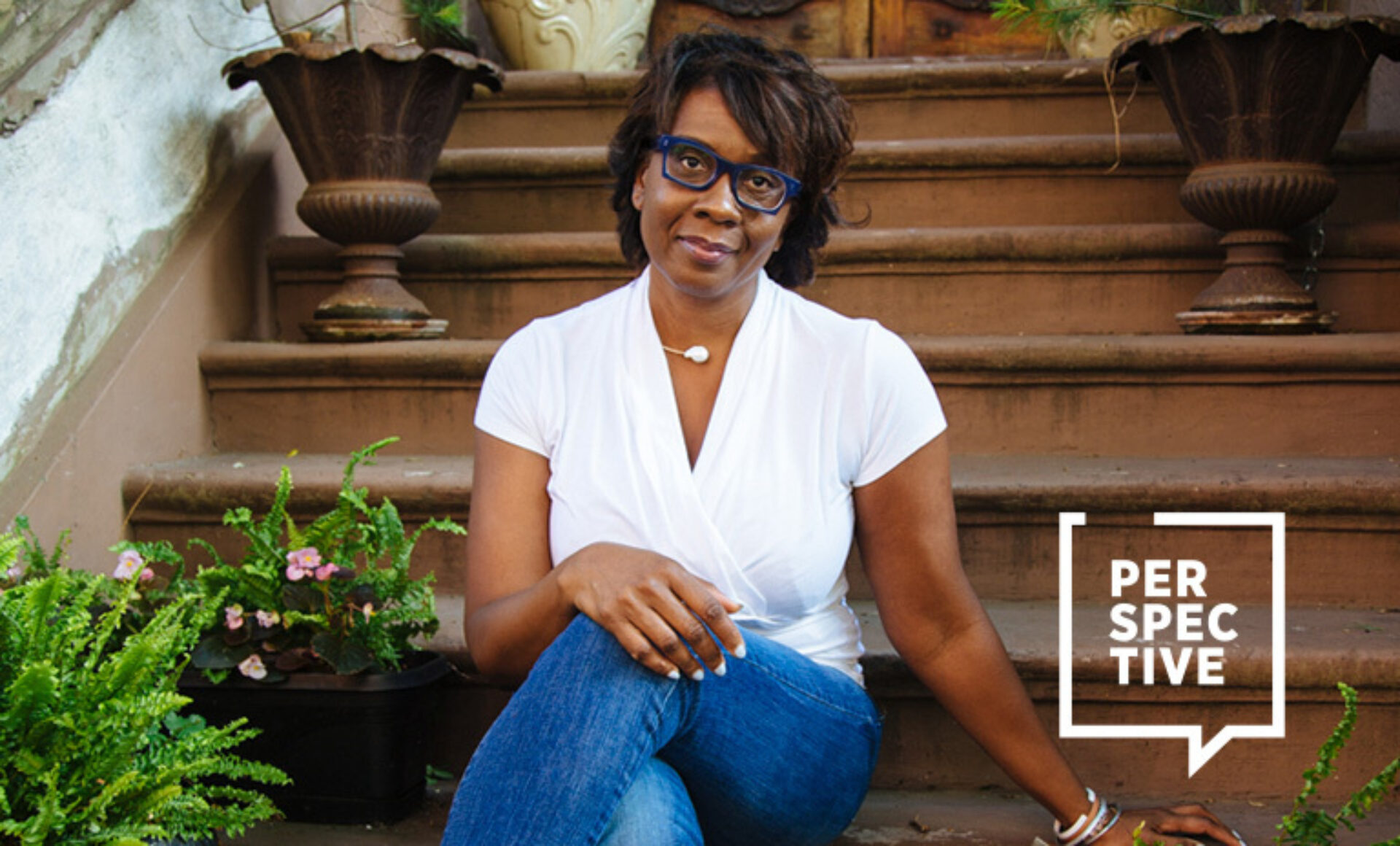(Above: Emily Barna, IIDA and a resident at Burnham Family Memory Care Residence at Avery Heights. Image courtesy of Amenta Emma Architects)
Interior designers are the ultimate experiential designers—they design the experience of our day-to-day lives. Whether it’s how we greet the day in our favorite coffee shop, experience a meal at the trendy new restaurant, or recharge at the spa, the work of interior designers impacts most people's lives in a major way. While the average consumer may notice the style, color, and aesthetics of a space at first glance, the less noticeable design components are the things that can have the biggest impact on the protection of their health, wellness, and public safety, or the code-impacted environment.
Good design often whispers through the exposure to natural light in healthcare spaces, the airflow and lack of dangerous chemical fumes in your workplace, or the ease with which you navigate the airport to your connecting flight. Interior designers are uniquely positioned to not only bring aesthetic sensibilities into our lives but to make us feel and be cared for—in sometimes invisible ways.
By playing this critical role in the health, happiness, and well-being of those that we design for, interior designers strive for that recognition through state registration when available, but also through continuing education and certification programs like the NCIDQ, LEED AP, WELL AP, and EDAC. Emily Barna, a professional member of IIDA New England and senior associate at Amenta Emma Architects is a registered interior designer, and carries the NCDIQ, LEED AP, and WELL AP certifications. She describes each as a way to “level up” not only your work, but also the work of your peers and your firm.
As a designer specializing in community-based healthcare and senior living, her work is all about designing spaces that combine aesthetics and care-taking in ways that support the healthcare, hospitality, residential, and memory care needs of residents—and each of these pillars has unique needs for the protection of the health, safety, and welfare of residents.

What do you love about working in senior living and memory care?
Senior living is a big umbrella of lots of different types of design. I’ve been doing this for around 12 years, and I get a lot of enjoyment from working with these clients. I think that design really begins with listening and curiosity. And I think that good design is important. It doesn't have to be expensive, it doesn't have to be flashy or in your face. Good design is really about making life better for everyone.
As we age, it gets harder to even just walk through the world around you, it gets harder to move–and not only in the mobility sense but also in moving homes. Seniors get accustomed to doing less, being involved less, and socializing less, which are all things that are more important than ever to maintain a quality of life. When we build these facilities, it’s not just a building but a home with a built-in community and a social bubble with the ability to evolve as residents grow to need more care.


Why are interior designers uniquely positioned to protect the public health, safety, and welfare of those who occupy our designed spaces?
In senior living, there are four different types of living spaces we design for, independent living, assisted living, skilled nursing, and memory care—this is in addition to the public and employee spaces. Each of these spaces has slightly different needs in how we design. Exposure to natural light is really important for instance to maintain circadian rhythms for residents who may have limited mobility.
With memory care things like flooring transitions, establishing sightlines, and lighting become very important. For someone with cognitive decline, seeing themselves in the mirror in the middle of the night could be pretty scary. So we think about night lights, positioning the mirror in a way where it's not going to shock residents if they walk into the bathroom in the middle of the night and don’t expect to catch a glimpse of themselves, highlighting the toilet against the wall, maybe a colored tile or a paint color behind the toilet to help it pop a little bit, positioning the bed so you can see the toilet from the bed so that residents don’t become alarmed at seeing their reflection, or forget that there is a toilet available and where it is.
In 2020 at the height of the COVID-19 pandemic, we worked on an assisted-living facility prpject with a rehab floor for post-acute care. We asked, “What can we do if the sky's the limit, and we can make this as advanced as possible?” We designed these residential rooms with built-in touchless controls, hands-free access to PPE, anti-bacterial copper coatings, and individualized HVAC and airlocked rooms to prevent the spread of disease. We incorporated a robot doctor for taking vitals, prefab panel walls, and wander guards, and motion sensors for residents that may be prone to getting out of bed.
Why have you pursued four credentials in addition to becoming a registered interior designer in Connecticut?
We should be proud of what we know, and curious about expanding our abilities. I think interior designers, by and large, are empathetic people, and we meet with our clients, and we really care about them. We care about the end users.
The EDAC, (Evidence-Based Design Accreditation and Certification) was interesting to me because it asks how can we use evidence-based data to be better designers and help our clients make more informed decisions. This can also contribute to the health, safety, and wellbeing of the occupants. For instance, I might use research from peer-reviewed journals, whitepapers, and more to develop a data-driven argument to include overhead lifts in the patient rooms—these lifts will protect the staff members from injury or long-term back problems.

I didn’t take the NCIDQ right away. I wanted to learn and get more comfortable at the firm and wait until I had a baseline of knowledge that I felt comfortable with—so I did and I feel it made the process easier. For LEED and WELL, it’s important in senior living to consider the intersection between the environmental impact and material health. What impacts will the products we use have on the residents? What about the employees? How can we help the people using these spaces live their best and most healthy lives? And how will our design decisions impact the health and longevity of the people in the community? Sustainability and wellness have huge impacts on how we should be designing.
The more we learn about what is possible through design, the more we have to pull from our toolkits. We’re doing more than just creating beautiful spaces—we are understanding what goes into making a space special to be in, functional, and exceptional.


What are some projects that you are particularly proud of?
I am proud of everything I work on and all the projects that I've been able to be involved in. I learn something from each one and I make connections with people everywhere.
The Burnham Family Memory Care Residence at Avery Heights, for example, was completed in 2017 and still looks good today. It's so nice when a project not only holds up well but you can see that the residents in space and the staff are just still really thrilled by it. They're still happy to come to work every day and the adult children who are touring the space for their parents are still impressed by it.
We succeeded in designing it from the perspective of how to make it timeless, functional, and a space in which people can really live a meaningful life. Staff can go to work every day and have a functional workplace— have the ability to engage residents in a way that's going to help them grow.







